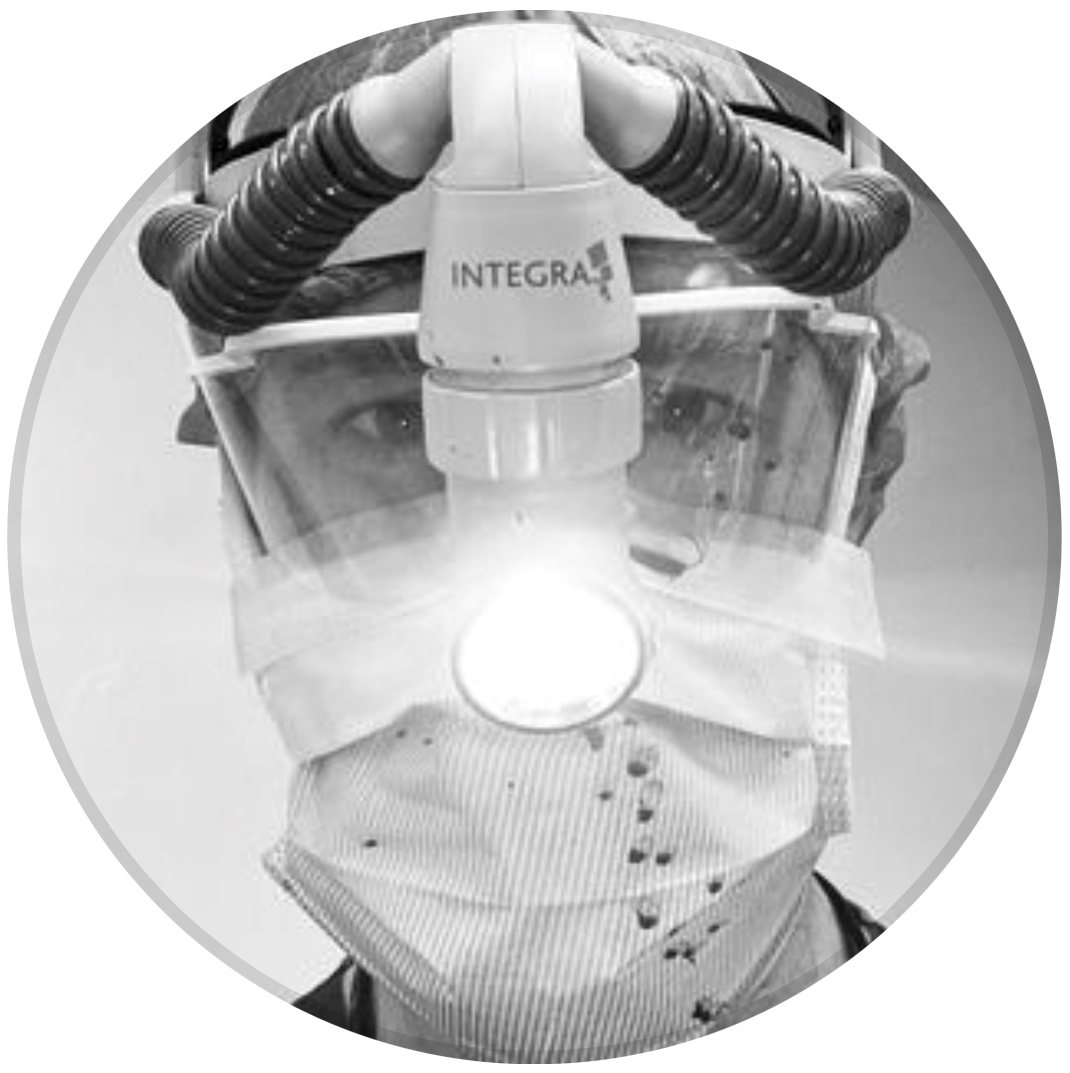Complex Type 2 Open Bimalleolar Ankle Fracture with Chaput Fragment
Score and Comment on this Case
Clinical Details
Clinical and radiological findings: A 36-year-old male presented following a 9-foot fall from a ladder, resulting in a "Type 2 open bimalleolar ankle fracture" with a 6 cm oblique tension failure wound medially. The patient had a prior history of tibia/fibula fracture treated with intramedullary nailing, which was subsequently removed after union. Initial radiographs suggested a complex injury pattern, prompting further evaluation with CT imaging to elucidate the fracture details and guide surgical planning.
Preoperative Plan
Planning remarks: The preoperative plan involved a posterolateral approach to address the fibular fracture, followed by an anterolateral approach for the Chaput fragment and impacted plafond. The medial malleolus was to be addressed last, with stabilization of the syndesmosis if necessary.
Surgical Discussion
Patient positioning: The patient was positioned supine on the operating table, with the affected limb prepped and draped in the usual sterile fashion.
Anatomical surgical approach: A posterolateral incision was made to access the fibula, allowing for direct reduction and fixation with a 1/3 tubular plate functioning as an anti-glide plate, supplemented by a 2.4mm interfragmentary screw for compression. An anterolateral approach was utilized to reduce the Chaput fragment and impacted plafond, stabilizing the Chaput with a 1/4 tubular plate as a buttress. The medial malleolus was then directly reduced and stabilized with screws.
Operative remarks:The surgeon noted the complexity of the articular injury, particularly the difficulty in reducing the Chaput fragment due to its involvement with the incisura. In retrospect, addressing the Chaput fragment prior to the fibula may have facilitated reduction. A full-thickness chondral lesion on the talus was identified and treated with microfracture technique.
Postoperative protocol: Postoperative rehabilitation included early range of motion exercises, with weight-bearing as tolerated based on pain and stability assessments.
Follow up: Not specified.
Orthopaedic implants used: 1/3 tubular plate, 2.4mm interfragmentary screw, 1/4 tubular plate.
Search for Related Literature

orthopaedic_trauma
- United States , Seattle
- Area of Specialty - General Trauma
- Position - Specialist Consultant

Industry Sponsership
contact us for advertising opportunities











Article viewed 151 times
12 Jul 2025
Add to Bookmarks
Full Citation
Cite this article:
Surname, Initial. (2025). Complex Type 2 Open Bimalleolar Ankle Fracture with Chaput Fragment. Journal of Orthopaedic Surgery and Traumatology. Case Report 15600200 Published Online Jul 12 2025.